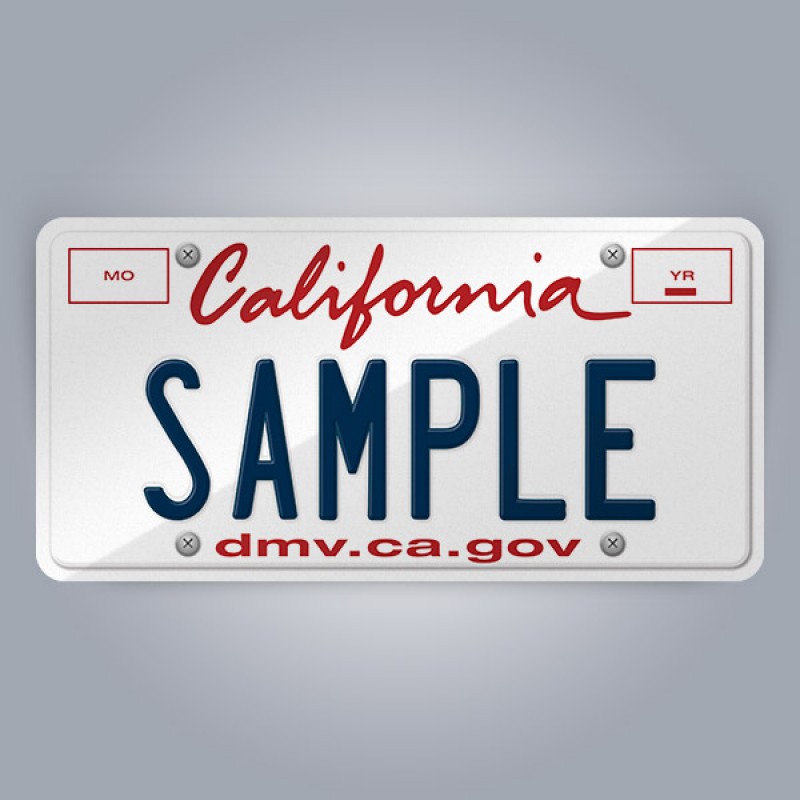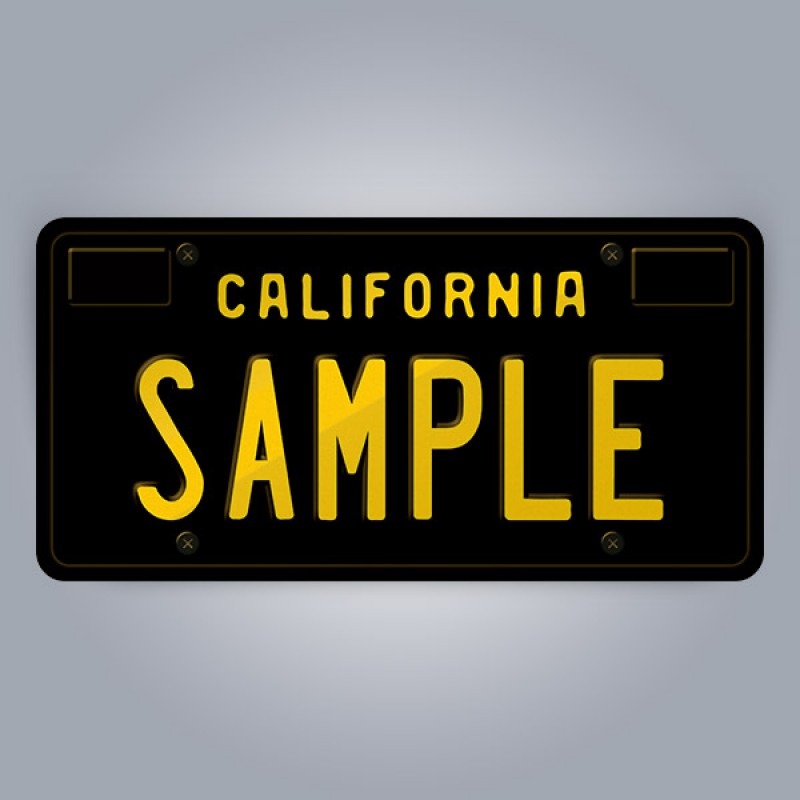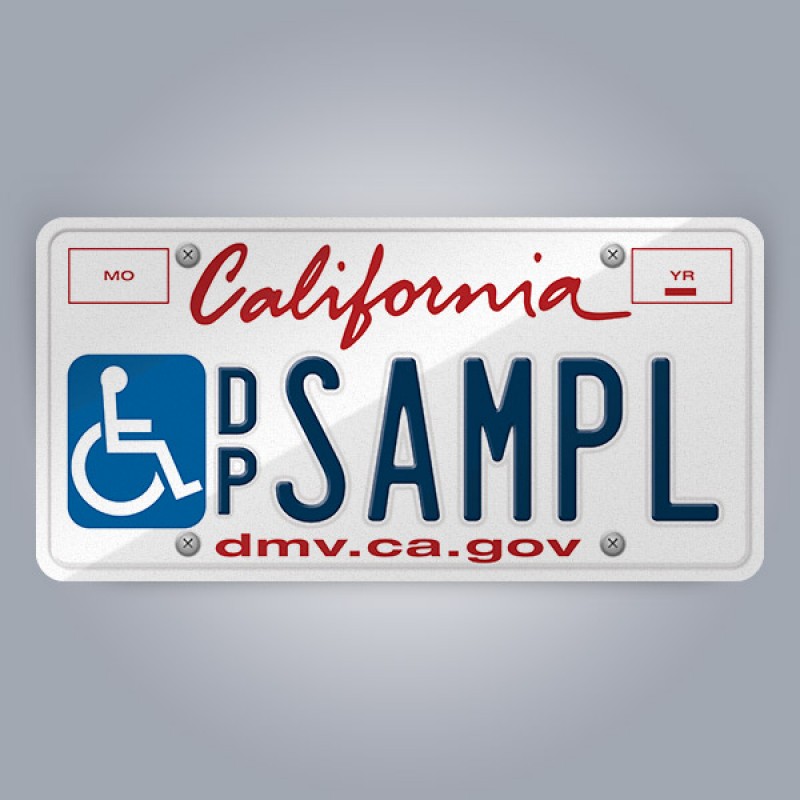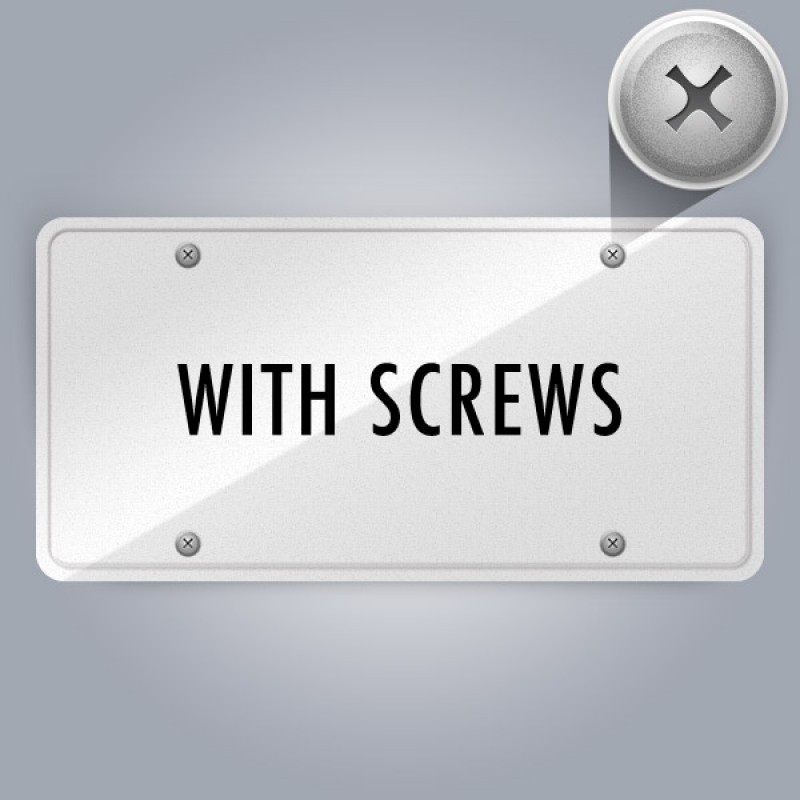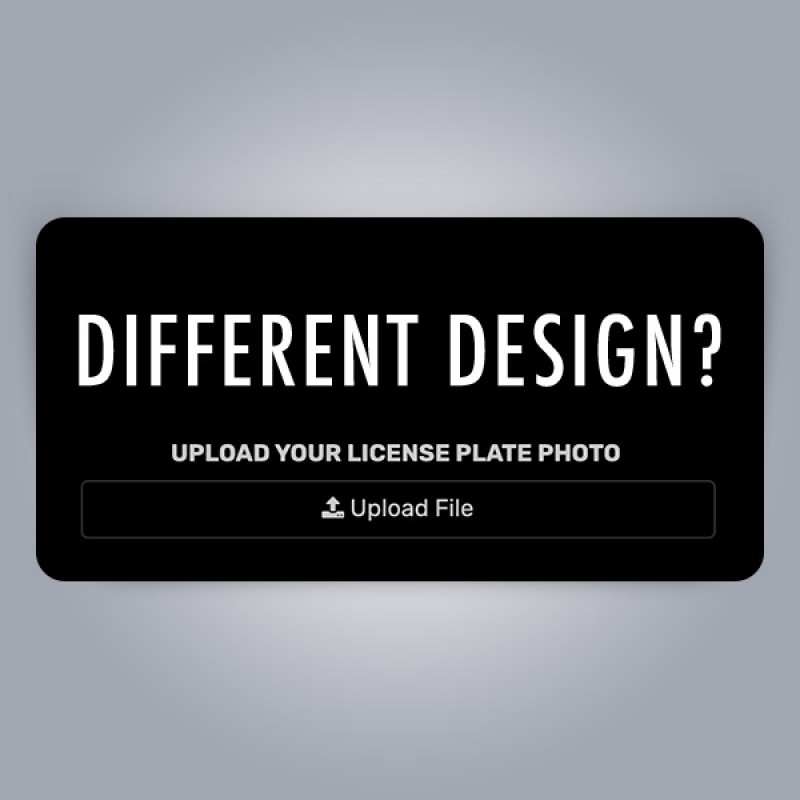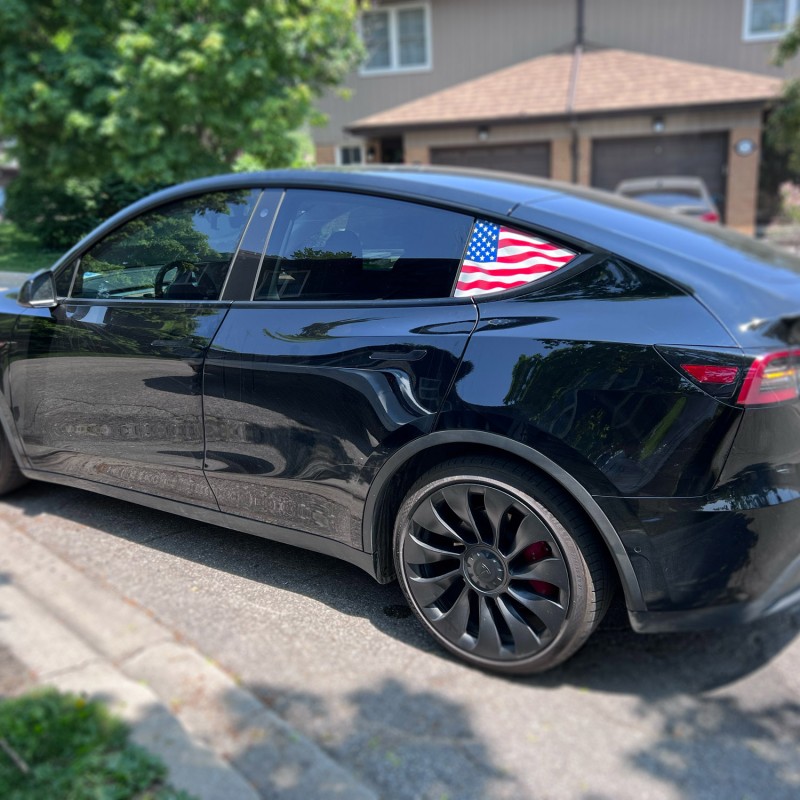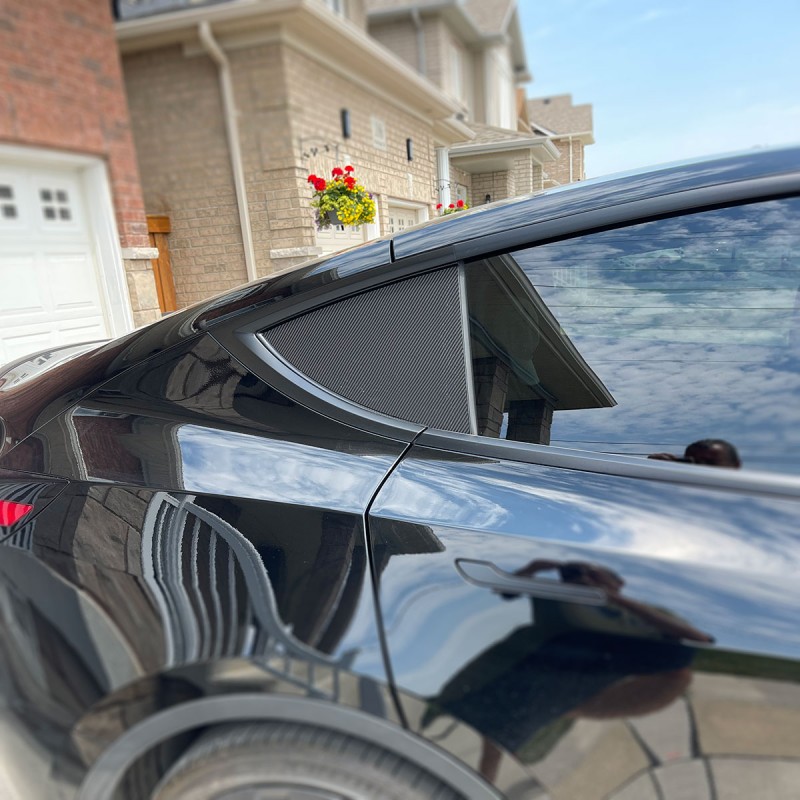
Login or create an account
CloseReturning Customer
I am a returning customer
Login or create an account
CloseRegister Account
If you already have an account with us, please login at the login form.
Your Account Has Been Created!
Thank you for registering with Adhesive Replica!
You will be notified by e-mail once your account has been activated by the store owner.
If you have ANY questions about the operation of this online shop, please contact the store owner.
Account Logout
You have been logged off your account. It is now safe to leave the computer.
Your shopping cart has been saved, the items inside it will be restored whenever you log back into your account.
California License Plate Replica
- $73.00 USD
- Product Code: CA-US
- Availability: In Stock
Discover Custom California License Plate Replicas – Adhesive Stickers for Personalized Style Without Drilling! Transform your vehicle with our premium custom California license plate replicas, designed as easy-to-apply adhesive stickers. Ideal for car enthusiasts, collectors, or anyone seeking personalized novelty California license plates that capture the iconic Golden State vibe. Explore a vari..
Available Options
Discover Custom California License Plate Replicas – Adhesive Stickers for Personalized Style Without Drilling!
Transform your vehicle with our premium custom California license plate replicas, designed as easy-to-apply adhesive stickers. Ideal for car enthusiasts, collectors, or anyone seeking personalized novelty California license plates that capture the iconic Golden State vibe. Explore a variety of California license plate colors and designs, including the classic blue-on-white with bold red "California" script, legacy black-and-gold for a vintage California plate designs look, or special interest options inspired by DMV themes like national parks, veterans' honors, arts, or environmental causes. These adhesive license plate stickers are perfect for adding a touch of California pride to your car, bike, garage, or as creative gifts. Our vinyl replica stickers mimic official DMV-inspired replicas for a realistic look, without the hassle of permanent installation.
Key Features of Our Personalized California License Plate Decals:
- Full Customization with Diverse Colors and Designs: Create your own text, numbers, or symbols (up to 7 characters) on these custom California license plate replicas. Choose from authentic-inspired colors like standard blue-on-white, legacy black-with-gold, or vibrant special designs with images and themes. Add custom hues, year tabs, DMV-style stickers, or unique patterns for truly one-of-a-kind adhesive license plate stickers.
- High-Quality Materials: Crafted from durable, reflective vinyl for a shiny, authentic appearance. UV-resistant and weatherproof, ensuring your novelty California license plates last outdoors for up to 18-24 months. Standard size: 12" x 6" (motorcycle options: 7" x 4").
- Simple Installation & Removal: Strong adhesive backing adheres to any clean surface – no tools or drilling needed! Easily remove with heat (like a hairdryer) and a gentle cleaner, leaving no damage to your vehicle's paint.
- Shipping & Warranty: Fast shipping to the US and Canada with tracking. Lifetime warranty on manufacturing defects – refer to our Warranty & Returns policy for full details.
- Versatile Applications: Great for decorative use on show cars, motorcycles, walls, or laptops. Waterproof and fade-resistant for indoor or outdoor display as personalized vinyl decals.
Important Legal Disclaimer for Custom Adhesive License Plate Replicas: These are strictly novelty items and not meant to replace official California DMV-issued plates. Intended for decorative purposes only – always verify local laws, as some areas (including California) have restrictions on vehicle modifications or replicas. We suggest checking with the California DMV for alternatives like approved front plate wraps. By placing an order, you confirm you've reviewed our Terms & Conditions, Shipping & Delivery, and Disclaimer. We're not liable for any legal issues from improper use.
Order your custom California license plate replicas today and receive a free mockup preview via email for approval before production. Elevate your ride with hassle-free, stylish adhesive stickers that celebrate California heritage in a range of colors and designs!

